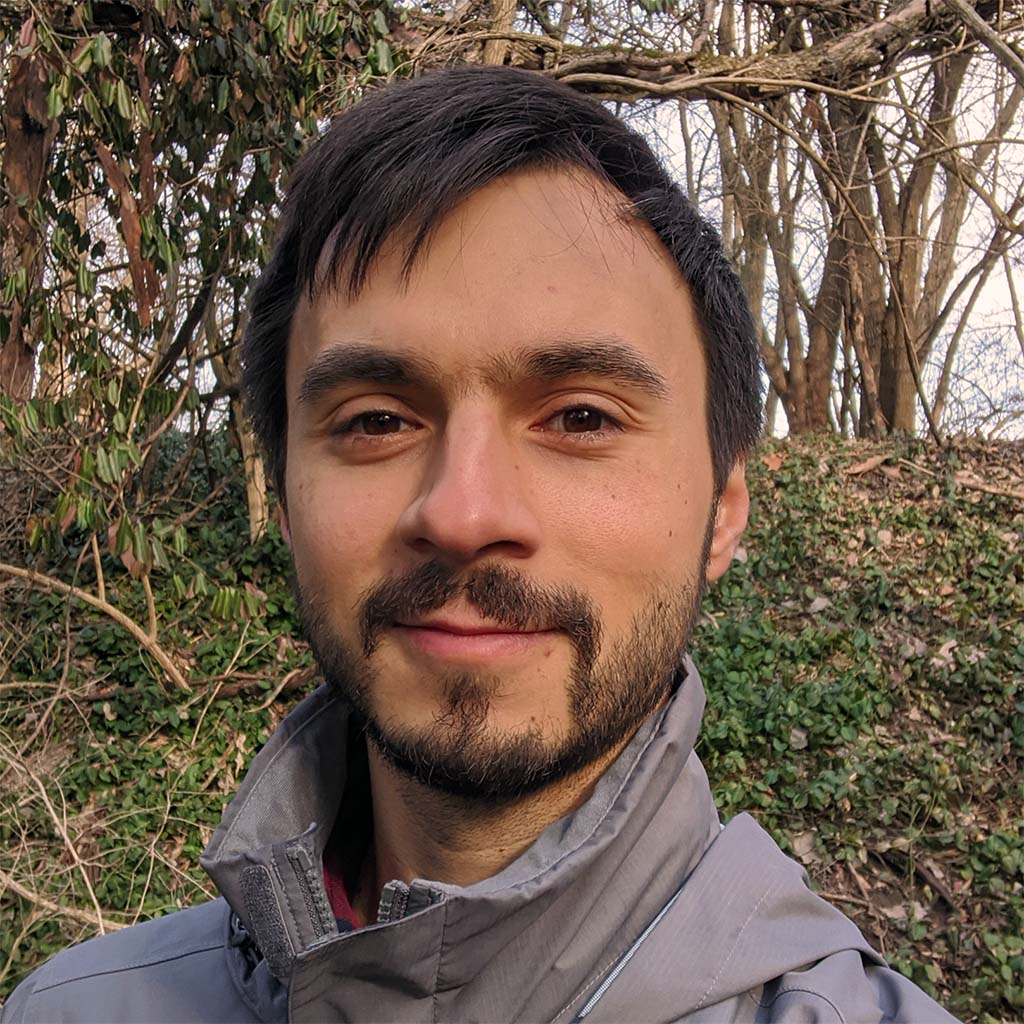On mindfulness, strategy, and resilience
When every moment is a new starting point, the obstacle becomes the path
It’s frustrating to set goals only to face obstacle after obstacle, then one setback after another. How do we maintain our strength and resilience when it seems like nothing goes our way?
This year has been a whirlwind of change for me. At times I’ve found the wisdom to move with grace, but other times it’s been a fight while I grasp for things to play out how I planned. With that grasping comes the stories I tell myself as I try to make sense of it all through my own narrow perspective. Experience filtered through the personal pronouns I, me, and my: The goals I set. What it means for me to achieve them or not. My frustration.
Just stories
This kind of storytelling is a natural part of the human experience; it’s how we make sense of ourselves and the world. But we have to be careful how we relate to these stories because, while they may be true to an extent, they tend to obscure a broader perspective. They often reinforce the foolish notion that we have more control than we really do. We can forget that we are part of a larger system–of many different systems that we’re influenced by.
That’s not to write off our agency or to defer responsibility. Of course the influence goes both ways, but it’s important to remind ourselves of the interconnection because then we can be agents of our highest selves and not just agents of ego.
With that in mind we can adopt a more wise strategy with regard to our goals and our growth, one that tips the balance away from the extreme kind of command and control style that so pervades our modern culture.
Just strategy
Strategy is one of those words that’s often thrown around, but what does it really mean? In his book Strategy: A History, Sir Lawrence Freedman narrows in on a definition:
One common contemporary definition describes [strategy] as being about maintaining a balance between ends, ways, and means; about identifying objectives; and about the resources and methods available for meeting such objectives. This balance requires not only finding out how to achieve desired ends but also adjusting ends so that realistic ways can be found to meet them by available means.
So strategy is in large part about balance and adjusting to changing circumstances. Freedman goes on to clarify:
Strategy is often expected to start with a description of a desired end state, but in practice there is rarely an orderly movement to goals set in advance. Instead, the process evolves through a series of states, each one not quite what was anticipated or hoped for, requiring a reappraisal and modification of the original strategy, including ultimate objectives. The picture of strategy that should emerge from this book is one that is fluid and flexible, governed by the starting point and not the end point.
Implied in this definition is that idea of interconnection–that we are both the influencers and influenced. We tend to fix our sights on getting to an end goal, but here Freedman is saying that strategy is fluid and governed by the starting point, that we should be open to changing the end goal itself.
Every moment is a new starting point. When we recognize this we can begin to see obstacles in a new light… as less about overcoming and more about adapting. From there everything opens up and, in a sense, the obstacle becomes the path.
“A goal is not always meant to be reached, it often serves simply as something to aim at.”
— Bruce Lee
Just mindfulness
Similarly, in mindfulness, beginners often give up formal practice entirely once they see how distractible their minds are. And up comes the stories about how they’re “bad meditators” or how they just “aren’t cut out for this mindfulness thing”.
In reality it’s just the nature of the mind to be distracted. In time we realize there are no real distractions. We learn to simply fold them into the practice and what was once an obstacle to practice becomes integral to it. Once again, the obstacle becomes the path.
So whether we’re dealing with distractions during formal meditation or in our daily life… whether it’s been six minutes or six months, we can let go of the stories and see from a broader perspective.
This is the gift of a mindfulness practice. How we show up in practice is how we show up in daily life. While it might look like a passive act, it’s actually a powerful way of conditioning the mind to more readily come back to the present moment and recognize it for what it is: a new starting point, full of possibility.

